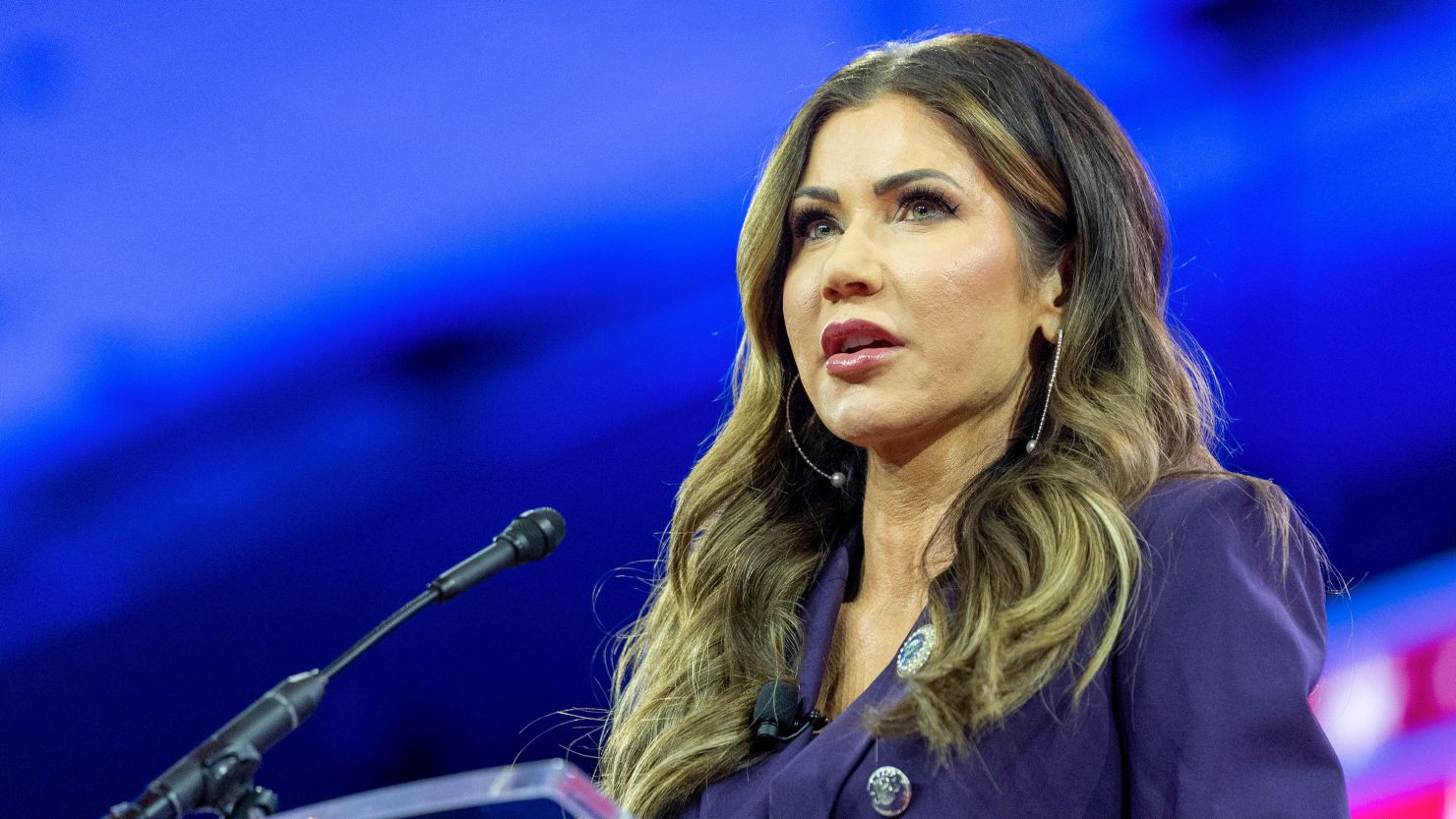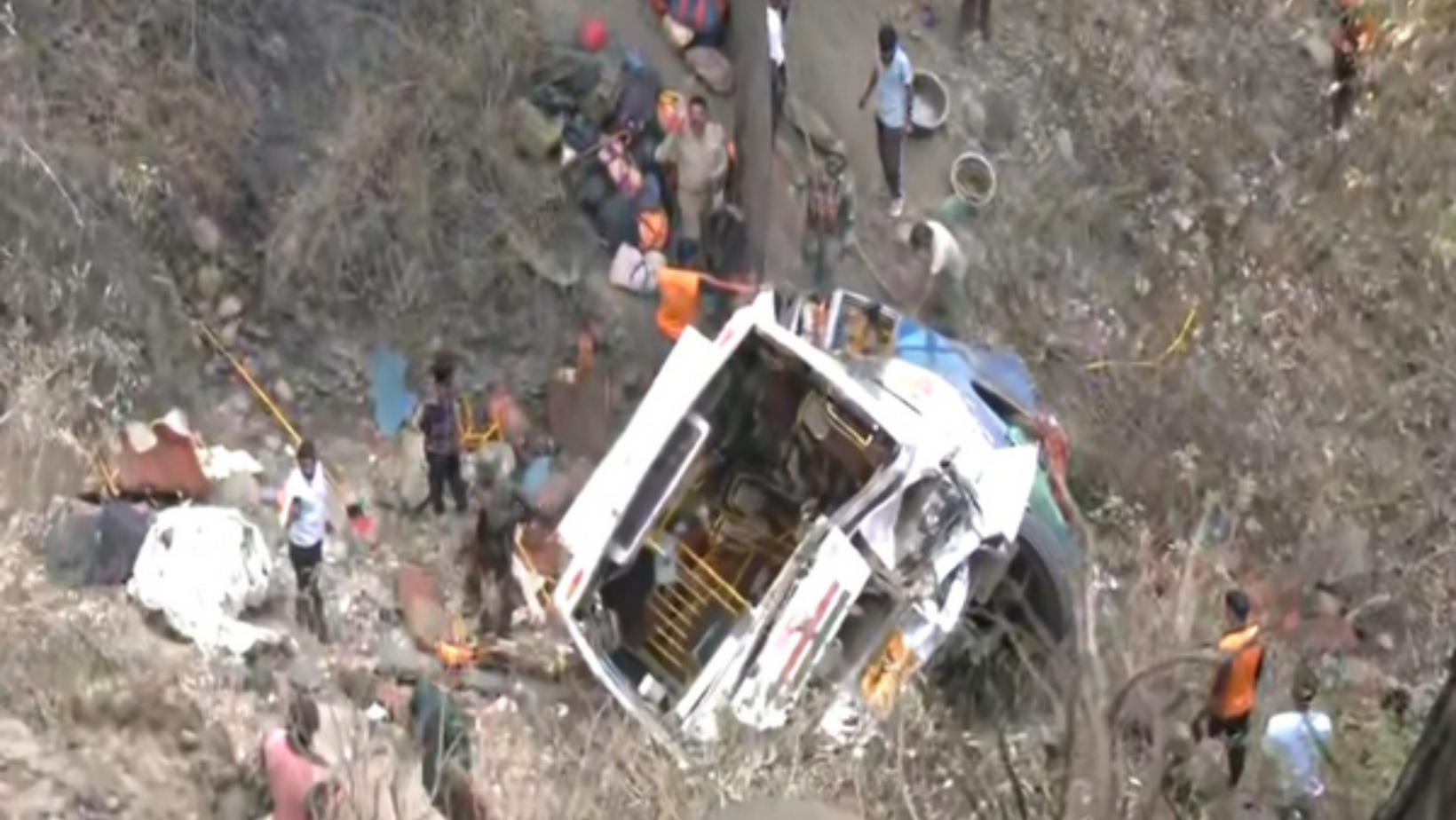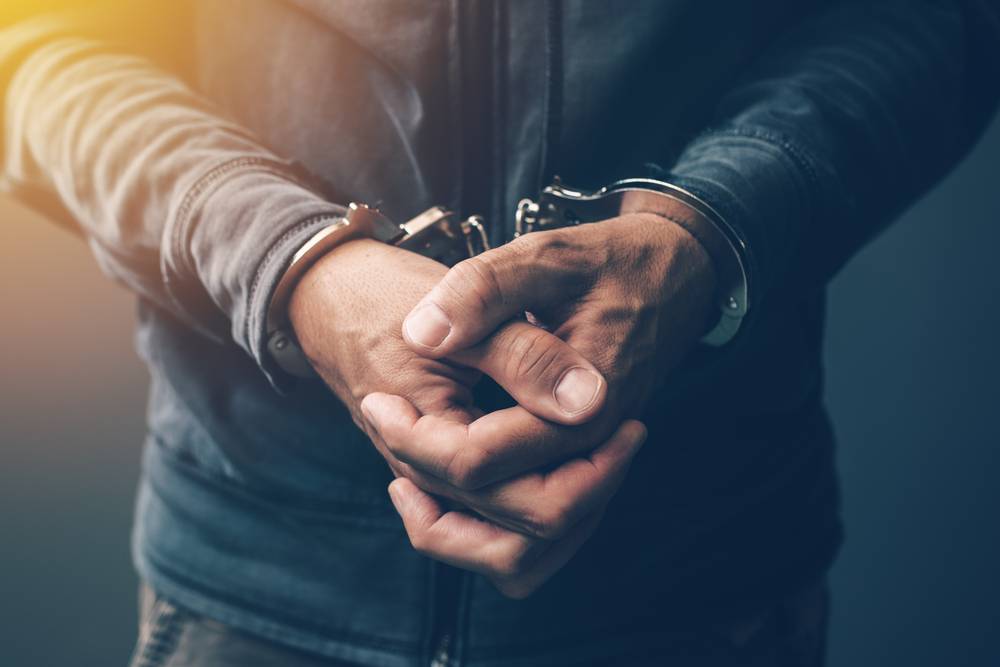Controversial South Dakota Governor Kristi Noem finds herself barred from entering 20% of the state’s territory following contentious remarks regarding tribal leaders and narcotics trafficking.
Noem’s statements, alleging tribal chiefs’ complicity in narcotics trafficking, sparked outrage among several Native American tribes, leading them to prohibit her access to their lands. Notable among the tribes enforcing the ban are the Yankton Sioux Tribe, Sisseton-Wahpeton Oyate Tribe, Cheyenne River, Standing Rock Sioux, and the Oglala, Rosebud, with only three tribes abstaining from such action.
The Governor’s remarks, made in March, accused tribal leaders of profiting from cartel activities, triggering a swift backlash. Despite mounting criticism, Noem reiterated her stance on social media, advocating for tribal leaders to collaborate in combating cartel influence.
The strained relationship between the South Dakota government and Native American tribes dates back years, with previous confrontations during the Dakota Access Pipeline protests and the COVID-19 pandemic exacerbating tensions.
During her tenure, Noem has sought to address issues of drug-related crime on tribal lands, proposing law enforcement agreements to bolster security while respecting tribal sovereignty. However, her actions have faced skepticism and resistance from tribal authorities.
In response to Noem’s call for an audit of federal funding for Native American tribes in South Dakota, some members of the indigenous community expressed support, citing a desire for transparency and assistance. Nevertheless, Noem’s efforts have been met with mixed reactions, with ongoing debates over the extent of her involvement and the sincerity of her intentions.
As the controversy unfolds, Noem remains steadfast in her commitment to combatting corruption and protecting the interests of South Dakota’s Native American population. However, the ban imposed by tribal authorities underscores the complex dynamics and longstanding grievances that continue to shape relations between the state government and indigenous communities.






